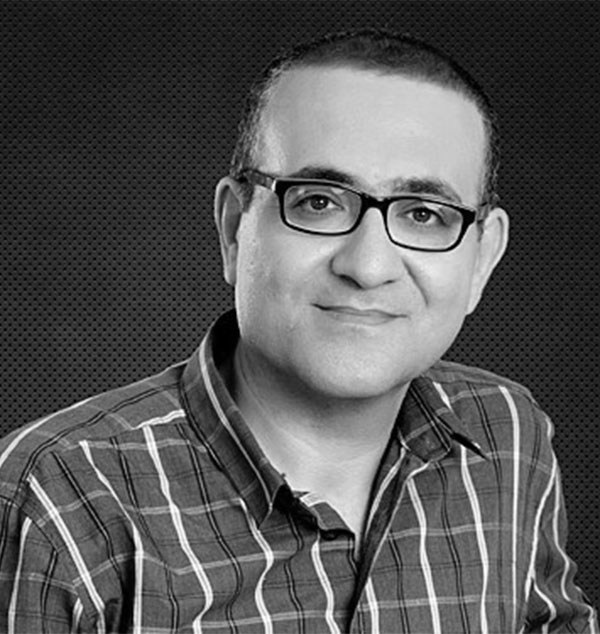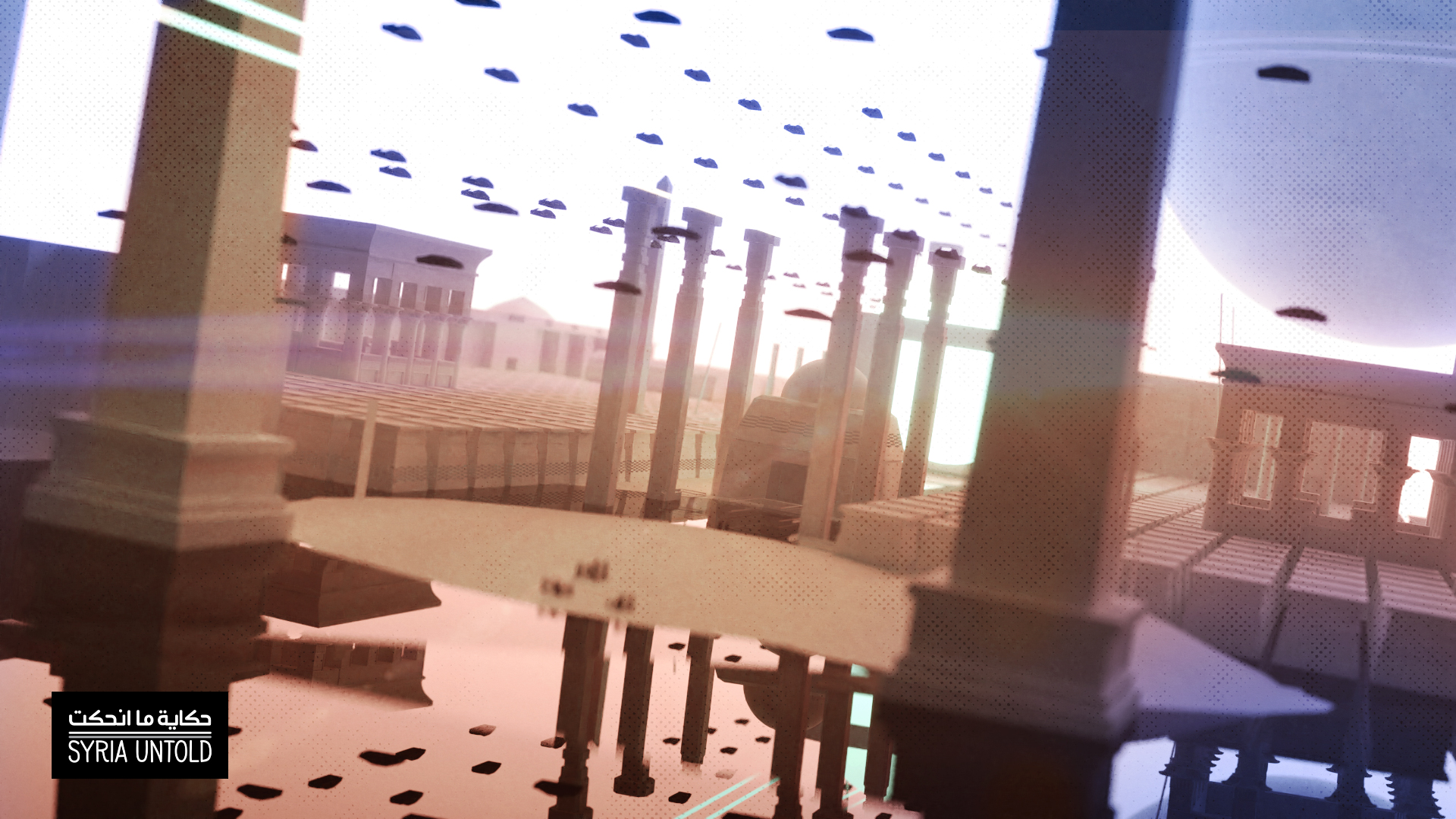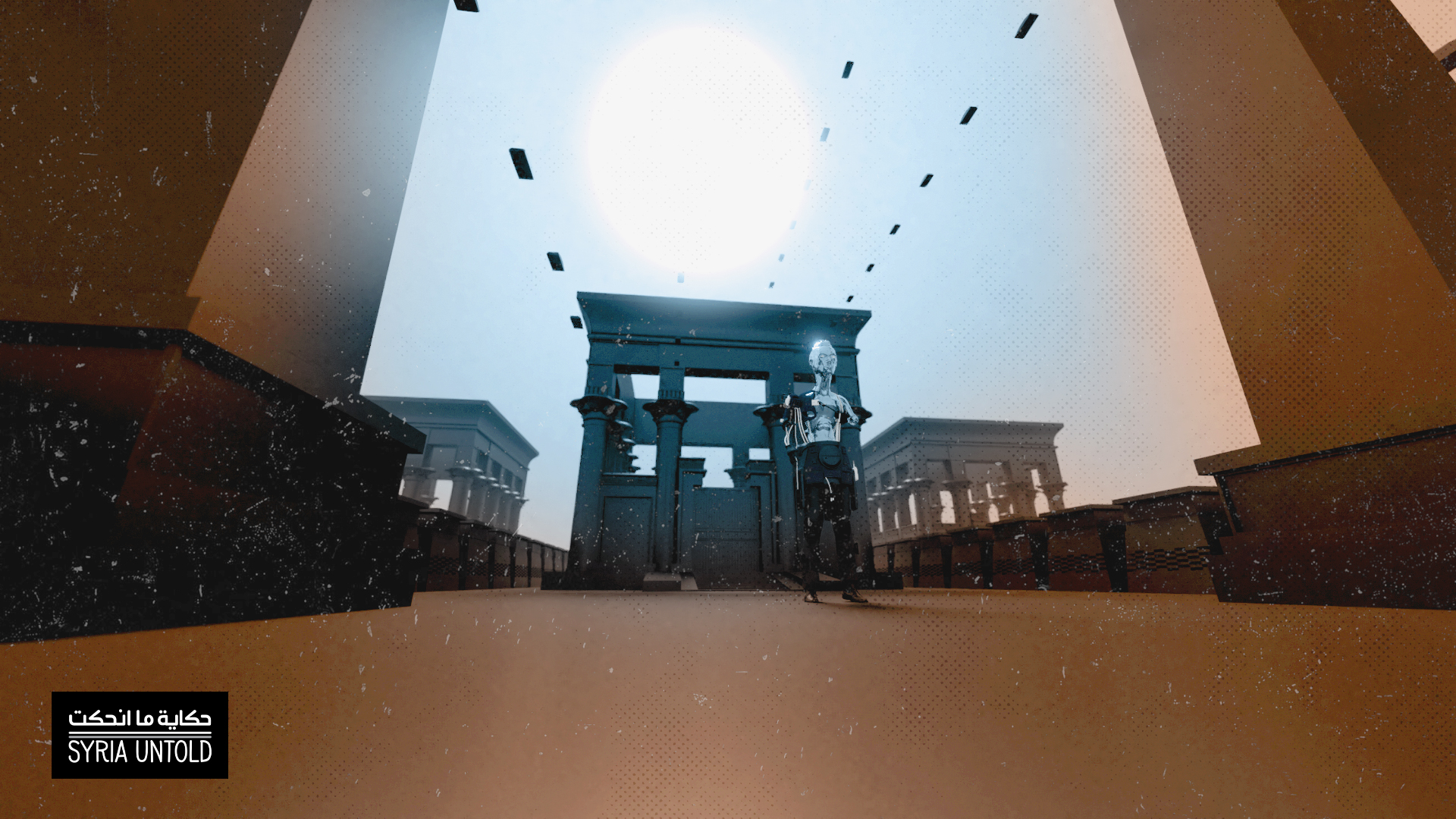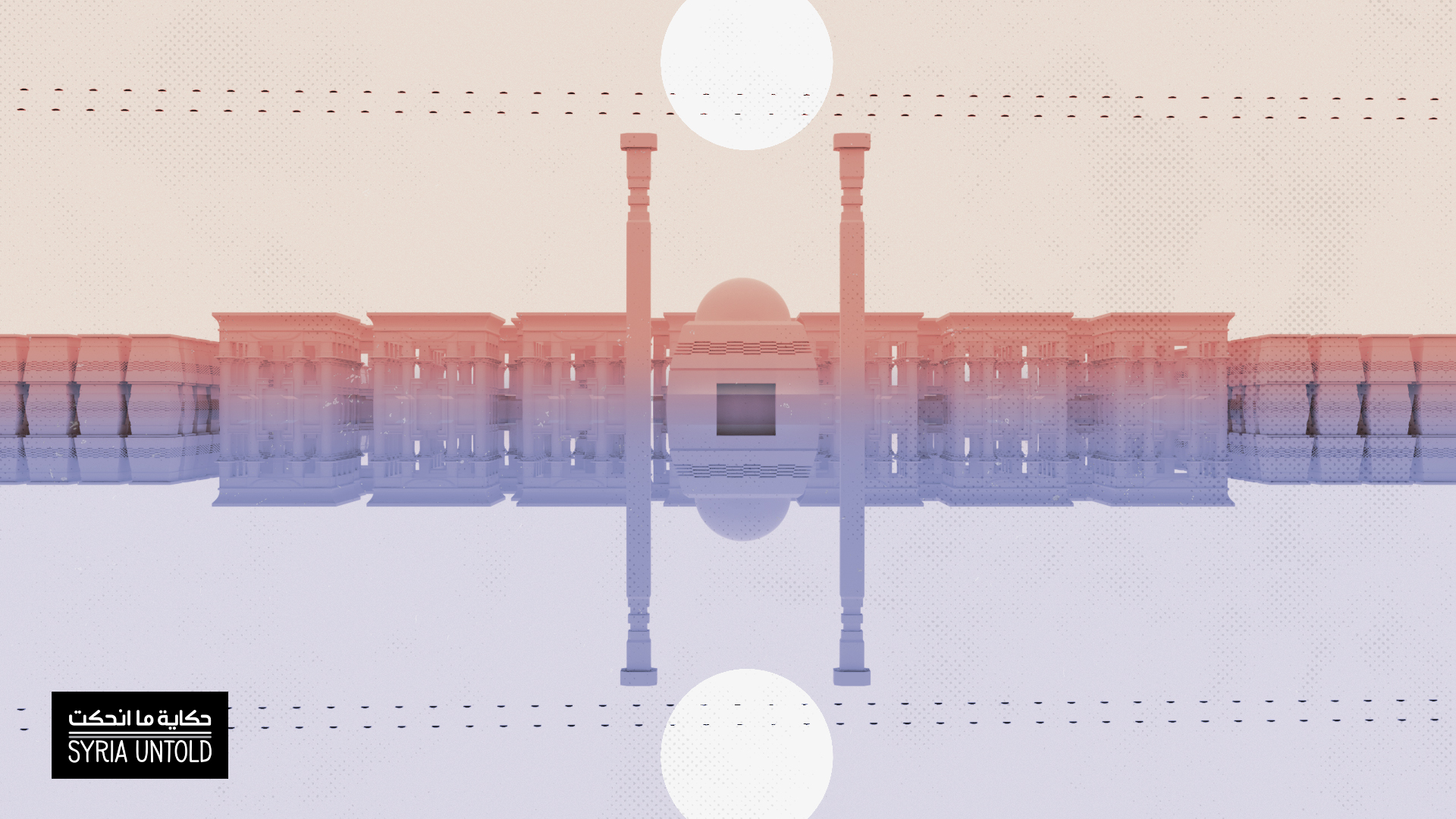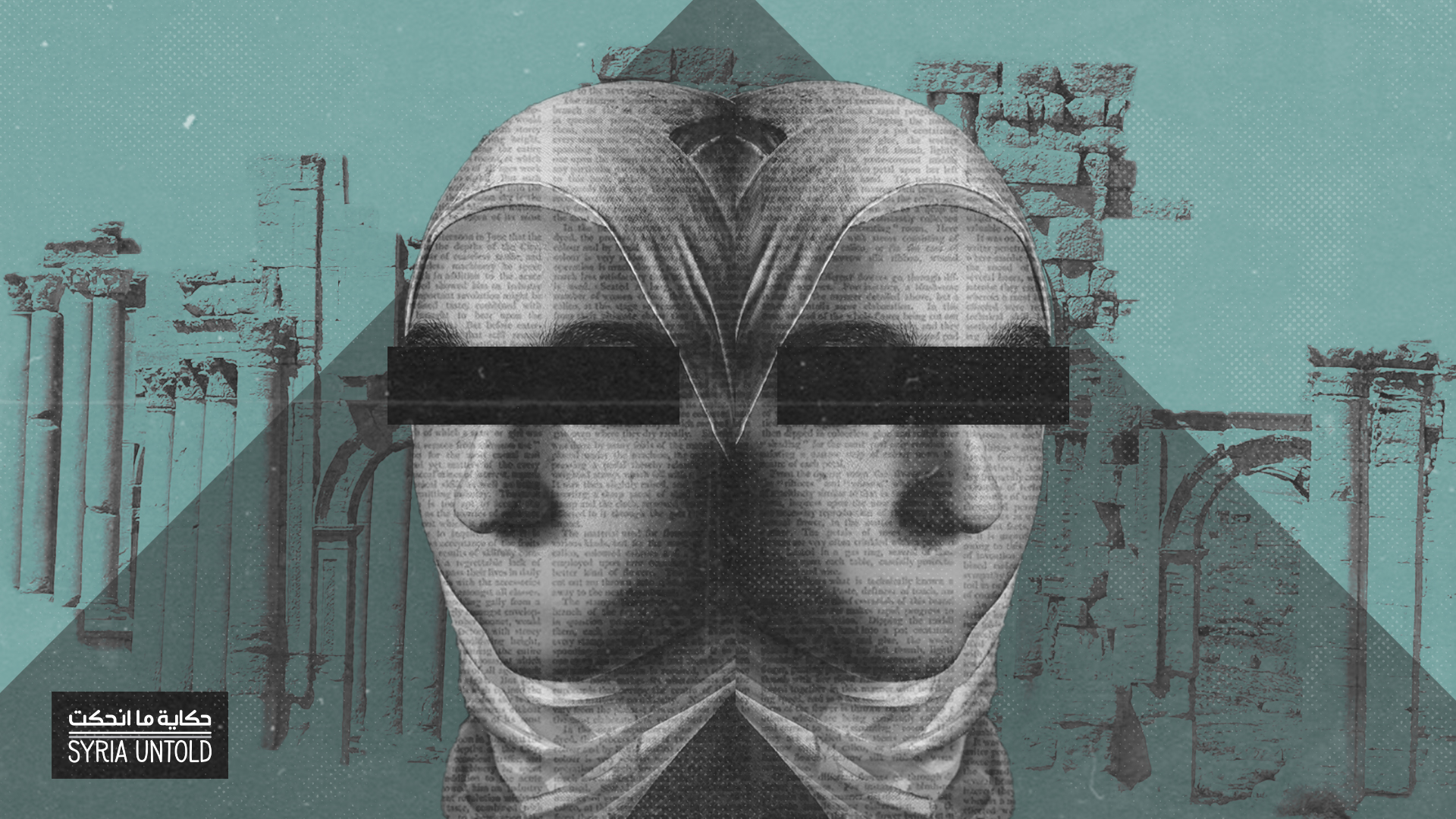This reflection is part of SyriaUntold’s week-long collaboration with Ecologìas del Futuro on science fiction and imagining the future in the MENA region. We asked writers, artists, journalists and filmmakers from different countries across the region to send us short audio messages or reflections on the future and their relationship with it.
Scroll down to listen to this piece in its original audio format.
Science fiction stands atop two pillars: imagination and science.
We Arabs have an Eastern imagination, one with wings. But we are not a society that practices science, research and discovery, as we were in our golden age. So how can we write about trips to the moon or robots that cross galaxies, or about scientific discoveries related to cloning, or about magical weapons, without our existing societies being based in science and technology? In this sense, there is a need to industrialize, produce and transform science and its complexities into a part of the cultural and daily life, in order to enter the world of science fiction.
Ours is a region that has lived through thousands of years of wars, vicious cycles of occupations, liberations, invasions and conquests.
The whole world thinks about dystopia, or if we translate the word into Arabic, “the nightmare.” Novels, dramas and films tend towards disasters and new systems that in the end turn out to be bad or catastrophic—and this is true on a realistic level, not only the dramatic. The environmental situation of the planet, the rise of right-wing nationalism and massive population growth—all of these things inspire pessimistic thinking about the near future at the very least, but mainly about the distant future.
As I follow these worrisome issues into which the world spirals, I am often occupied by these thoughts. Some days I think there should be a comprehensive campaign to limit childbirth, or to ration electricity, for example. People could get used to 18 hours of electricity per day instead of 24.
But these issues take on a special character in the Middle East, especially in Palestine. Ours is a region that has lived through thousands of years of wars, vicious cycles of occupations, liberations, invasions and conquests.
It is as if the region is a magnet for blood—first because of oil, and second because of the holiness with which billions of people associate the Holy Land. For this reason, I see no escape from our current scenario. People, by their very nature, will continue to want what is holy for themselves. They wish to possess it and control it at any cost.
Three hundred years from now we'll still find people pointing their guns at others, seeking to control this corner of the world, even if it is in ruins. This prophecy is itself a great idea for a dystopian drama.
Listen to Alaa Hlehel’s original audio recording:


